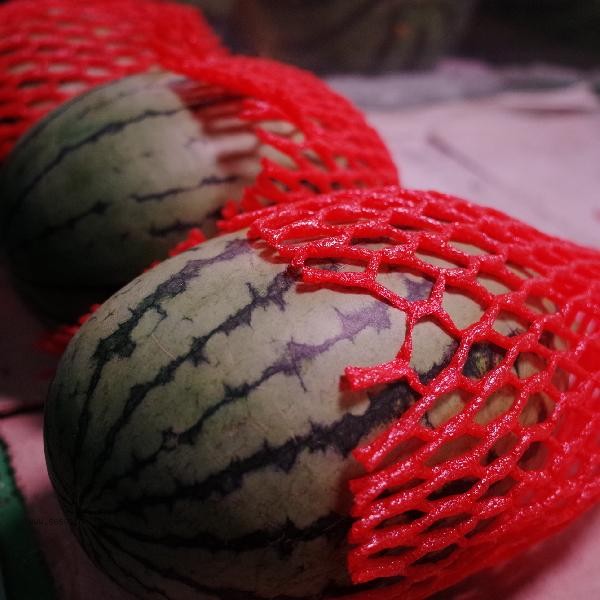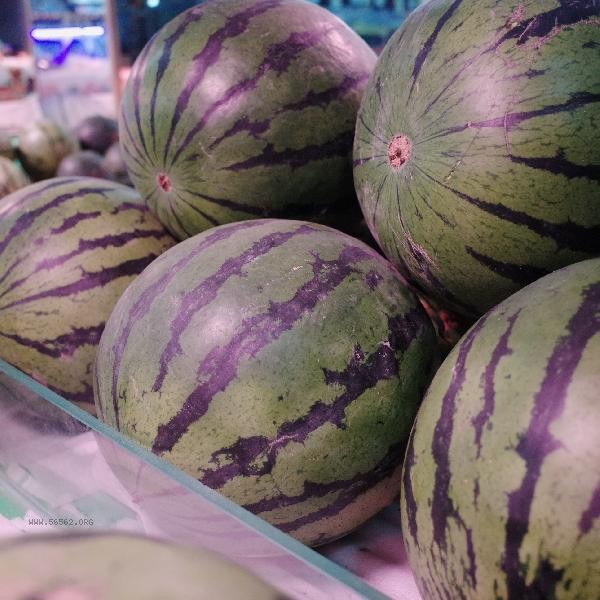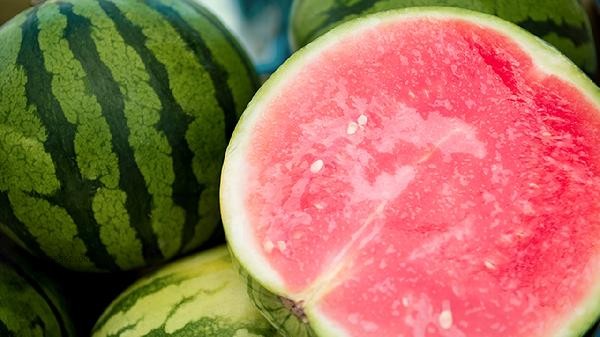Watermelons can be selected by observing their appearance, tapping and listening to sound, examining their stems, checking their skin patterns, weighing them, and other methods to determine their maturity and quality.

1. Observe the appearance
Mature watermelons have a symmetrical and full appearance, without any depressions or protrusions. The inward depression of the melon navel is deeper and has a smaller diameter, indicating that the fruit flesh is fully developed. Avoid choosing watermelons with irregular shapes or obvious scratches on the surface, as these watermelons may suffer internal damage due to transportation collisions.
2. Tap and Listen
Use your fingers to lightly tap the watermelon body, and the ripe watermelon will make a crisp thud sound, similar to the echo of tapping the chest. The sound of unripe watermelon is dull, like slapping one's forehead, while overripe watermelon presents a hollow plop sound. Note that the sound of different varieties may vary slightly, for example, seedless watermelons usually have a higher pitch.
3. Check the stem
The stem of a fresh watermelon is greenish green and slightly curved, and a dry and withered stem indicates a longer harvesting time. If the stem falls off, it is necessary to observe whether the detached area naturally dries up. The manually torn stem section is fresh and moist, which may be an unripe melon picked in advance.

4. Check the texture of the watermelon skin
High quality watermelon has clear and coherent texture on the skin, with distinct color contrast. When the yellow skinned watermelon variety matures, the base color becomes brighter and the stripes become lighter. Avoid choosing watermelons with white frost like or dark yellow patches on the surface, as these may be signs of pests, diseases, or prolonged storage.
5. Weighing
Mature watermelons with the same volume feel heavy, indicating sufficient moisture. Watermelons can be compared with similar varieties. Those that are too light may not be fully ripe, while those that are too heavy may have local waterlogging. Note that oversized watermelons may have loose flesh due to rapid growth.

After selection, it is recommended to store the watermelon in a cool and ventilated place. After cutting, it should be refrigerated and consumed within two days. People with spleen and stomach deficiency and cold should not eat too much iced watermelon, and diabetes patients should control their single intake. When purchasing, priority should be given to local watermelons of the current season, which have higher freshness and reduce transportation losses. If you find that the melon meat is tender or has a sour taste, you should stop eating it immediately.








Comments (0)
Leave a Comment
No comments yet
Be the first to share your thoughts!